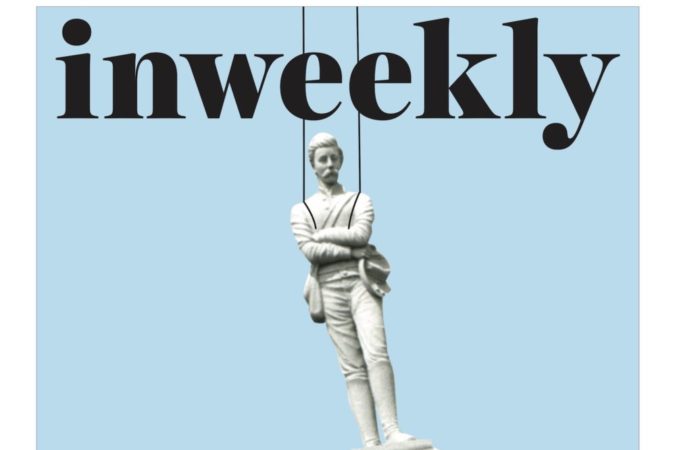
National Trust for Historic Preservation: Statement on Confederate Monuments
In recent weeks, protests throughout America and around the world have sprung up in support of racial justice and equity, sparked by the horrific killings of George Floyd, Ahmaud Arbery, Breonna Taylor, and others. The National Trust stands committed to support this fight for justice.
We believe that Black Lives Matter, Black History Matters, and that historic preservation has a powerful role to play in telling the full story of our often-difficult history. A critically important part of this work is elevating and preserving the enormous and important contributions that African Americans have made to our nation and carrying that profound legacy forward through places of truth, justice, and reconciliation.
This nationwide call for racial justice and equity has brought renewed attention to the Confederate monuments in many of our communities.
The National Trust for Historic Preservation has previously issued statements about the history and treatment of Confederate monuments, emphasizing that, although some were erected—like other monuments to war dead—for reasons of memorialization, most Confederate monuments were intended to serve as a celebration of Lost Cause mythology and to advance the ideas of white supremacy. Many of them still stand as symbols of those ideologies and sometimes serve as rallying points for bigotry and hate today. To many African Americans, they continue to serve as constant and painful reminders that racism is embedded in American society.
We believe it is past time for us, as a nation, to acknowledge that these symbols do not reflect, and are in fact abhorrent to, our values and to our foundational obligation to continue building a more perfect union that embodies equality and justice for all.
We believe that removal may be necessary to achieve the greater good of ensuring racial justice and equality.
Although Confederate monuments are sometimes designated as historic, and while many were erected more than a century ago, the National Trust supports their removal from our public spaces when they continue to serve the purposes for which many were built—to glorify, promote, and reinforce white supremacy, overtly or implicitly.
While some have suggested that removal may result in erasing history, we believe that removal may be necessary to achieve the greater good of ensuring racial justice and equality. And their history needs not end with their removal: we support relocation of these monuments to museums or other places where they may be preserved so that their history as elements of Jim Crow and racial injustice can be recognized and interpreted.
We believe that communities have an obligation to take on this issue forthrightly and inclusively. We recognize that not all monuments are the same, and a number of communities have carefully and methodically determined that some monuments should be removed and others retained but contextualized with educational markers or other monuments designed to counter the false narrative and racist ideology that they represent, providing a deeper understanding of their message and their purpose.
We also recognize that some state legislatures have prohibited removal of such monuments, disallowing the rights of local communities wishing to remove these offensive symbols. Until such state laws are changed or overturned, contextualization may be the only option, at least for the present.
Our view, however, is that unless these monuments can in fact be used to foster recognition of the reality of our painful past and invite reconciliation for the present and the future, they should be removed from our public spaces.
The National Trust for Historic Preservation, a privately funded nonprofit organization, works to save America’s historic places.  SavingPlaces.org
For 70 years, the National Trust for Historic Preservation has led the movement to save America’s historic places. The nonprofit organization works to save America’s historic sites; tell the full American story; build stronger communities; and invest in preservation’s future.



